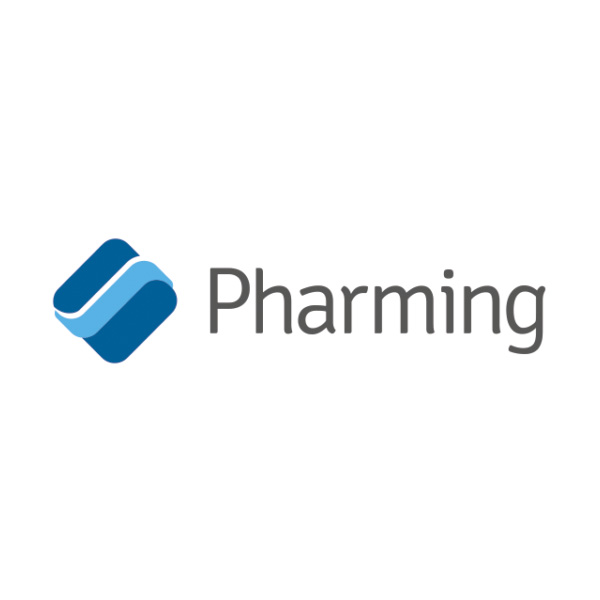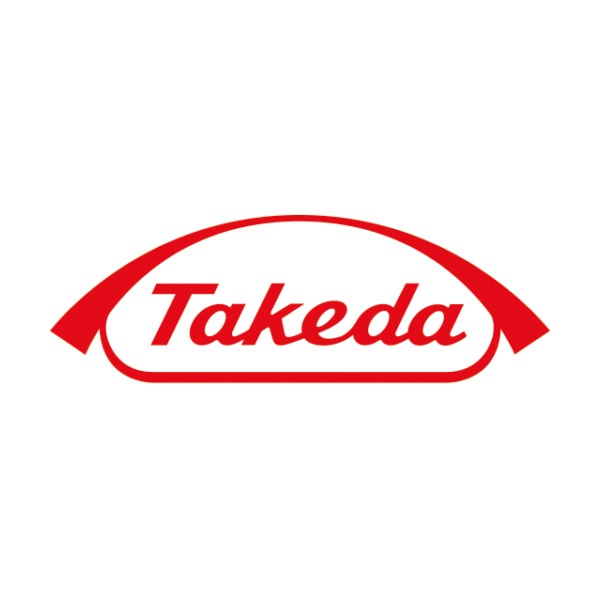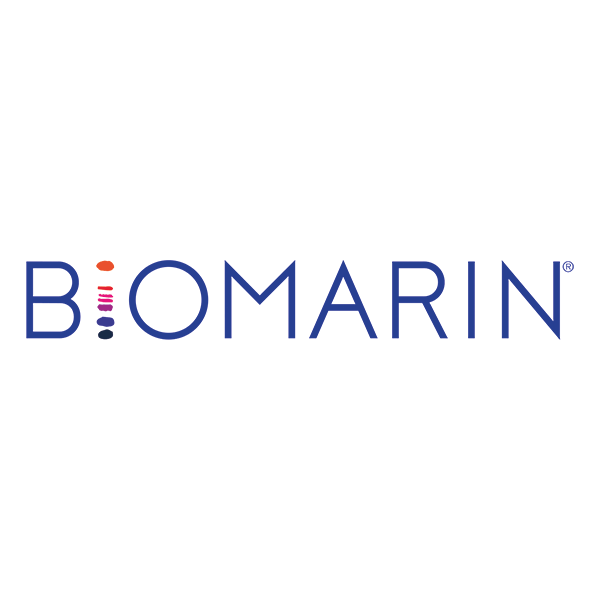Working with the media
Engaging with the media can be a powerful tool to help raise awareness of activity you are planning for hae day :-) and HAE. This guide will take you through the story elements you have to offer a journalist, how to approach a journalist about your story, and how to prepare someone for an interview.
Consider your story elements
Before contacting any journalists, it is important to consider the news value of the story you offer. Different media will be interested in different things, depending on their audience.
What gives a story news value? Consider the following:
- Timeliness: Now is better than then. Infrequent events can be better than everyday ones.
- Proximity: local is better than ‘foreign’.
- Relevance: Is it the right information for the audience?
- Unexpected: Man bites dog is unexpected. Dog bites man is not.
- Human interest: Is it about or does it affect people? Is it unusual?
- Conflict: Usually dominates the news pages when it happens, whether violence, political, religious, social, economic, natural.
As there are many awareness days, it may be quite challenging to interest the media in covering one focusing on HAE. Making it as easy as you can for journalists to see the story, its timeliness, relevance, proximity, and human interest, the better your chance of interesting them in hae day :-) and HAE.
We’d love to see any media coverage you generate for hae day :-). You can keep us updated via hello@haeday.org
A simple way to assess the elements of your story is to think about what you have to send to a journalist. This is your press kit, and the key elements
are:
Press release
The key document is the press release. A press release is the written statement you would send to the press to interest them in your story.
Below you will find a template for download. This can be used with your media and any other contacts you want to inform of the hae day :-) and/or your event.
In the template, there is space for you to incorporate details about your plans to celebrate the day. It will be important to incorporate relevant local patient and physician quotes. We have included some points for you to consider.
HAE Fact Sheet
A fact sheet can be used to support the content of a press release.
It provides more detailed background information to add to the journalist’s understanding of the disease area and situation. It can be sent out with a press release or as additional material later on.
The fact sheet provided to you contains up to date global information on HAE. However, it will be more useful to your journalists if it has content that is relevant to your country. You should include national or even regional statistics if you can.
This template is available for you to adapt and use but don’t forget to check and add any new references.
Talking points
Talking points are your ‘elevator pitch’ and are what you would say to a journalist on the phone or in your cover email to interest them in the story. You can prepare these in advance of contacting any journalist.
Talking points:
- Are what makes your story of interest to a journalist.
- Should be the most vital information in your press release: who, what, why, where, when, and how. This is usually the headline and first paragraph. For hae day :-) these would be the key points about any activity you are planning and the day itself.
- You may then want to include one or two background points on HAE and national or even regional statistics.
- Mean you can be sure to communicate what matters at every opportunity.
- Should be short and simple, so consider writing these in bullet point form.
Spokespeople/case studies
Often with health stories, journalists will ask to speak to someone to get a first-hand account of what it is like to live with, treat a particular condition, or support people with that specific condition. This is even more valuable in the case of a rare disease when not many people may have heard of it.
A spokesperson could be the head of the HAE Organization, a physician or nurse who sees HAE patients, or a person with HAE willing to share their story with the media (often known as a case study).
Suppose you have a spokesperson or case study you want to put forward. You need to advise them that nothing that is said to a journalist is ever off the record, and for a written article, it is doubtful that you will be able to see the report before it goes into print.
To help prepare your spokesperson or case study, here’s a list of tips that might help before, during and after the interview.
Images/photos
The journalist might ask for photos or images to support the story. You should consider these points if you plan on sending images/photos to support the story:
- The photos will need to be a high resolution (most camera phones are excellent these days).
- Before you send any images to a media outlet, ensure that you have permission from individuals in the pictures, and they are happy to send that photo to a journalist.
If you do not have any images, it might be a good idea to visit the HAE Image Repository of the US Hereditary Angioedema Association at haeimages.com.
Contacting the media
So, you have a story that’s newsworthy and you want to contact the media, and may wonder:
- How do you do this?
- Which media types could you go to?
- How do you find their contact details.
This download has more information!










